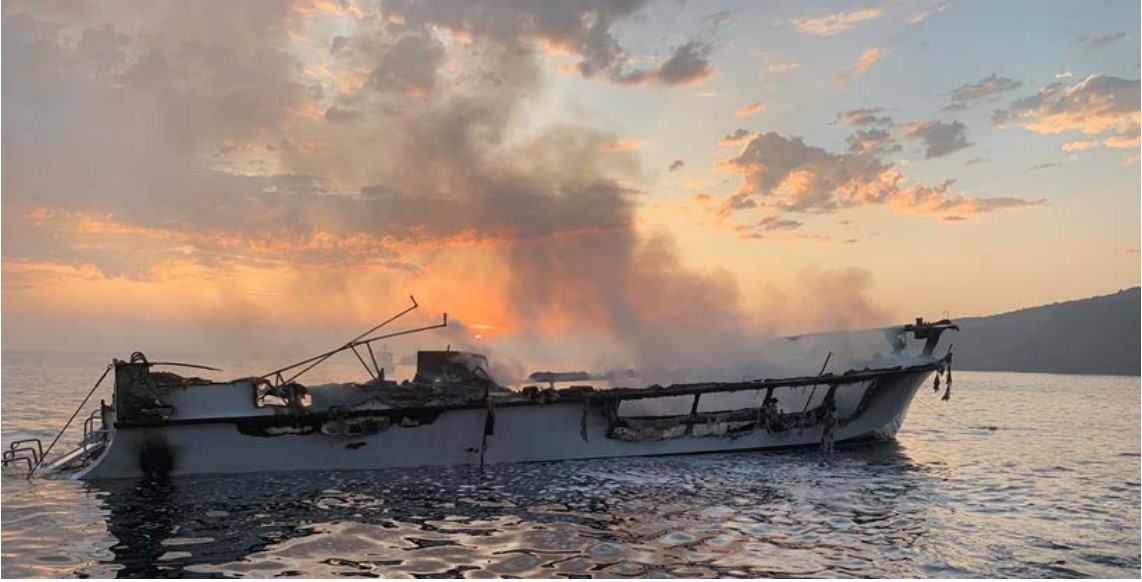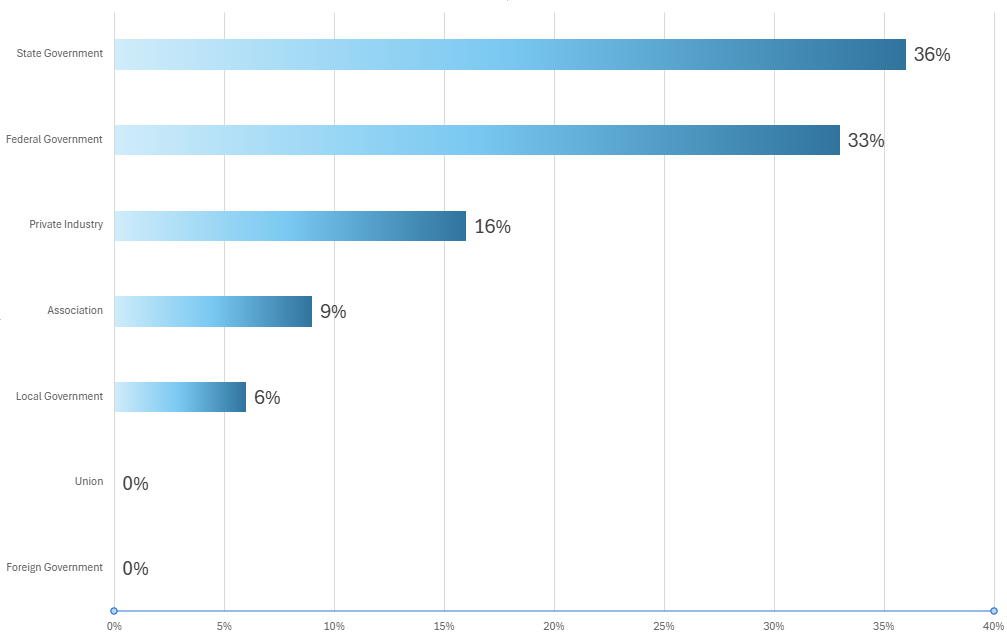The NTSB issues safety recommendations to address specific safety concerns uncovered during investigations and to specify actions to help prevent similar accidents from occurring in the future. Safety recommendations are our most important product because they alert government, industry, and the public to the critical changes that are needed to prevent transportation accidents and crashes, reduce injuries, and save lives.
We:
- issue recommendations to the organizations best able to take corrective action, such as the US DOT and its modal administrations, the Coast Guard, other federal and state agencies, manufacturers, operators, labor unions, and industry and trade organizations.
- issue safety recommendations at any point during the investigation of transportation accidents and in connection with safety studies.
- monitor the progress of action to implement each recommendation until it is closed, which usually takes several years.
Find Our Recommendations
CAROL (Case Analysis and Reporting Online) is our search tool for investigations and safety recommendations across all modes. CAROL includes all NTSB recommendations. See the
Field Descriptions page for specific information about safety recommendations data fields.
Recommendation Spotlight
Each month, we shine the spotlight on a few recommendations that have been successfully implemented (closed acceptable action) and are helping to further safety. These recommendations span all modes of transportation and recommendation recipients. Visit the
Recommendation Spotlight Archive to see previous safety wins.
We urge recommendation recipients to keep us informed of the progress on implementing recommendations. If you do, you may see your recommendation spotlighted here. Read more about responding to our safety recommendations.
From Tradegy to Reform: Safety Gains Since the Conception Dive Boat Fire
On
September 2, 2019, a devastating fire swept through the Conception dive boat off the California coast, killing 33 passengers and one crew member in one of the deadliest maritime disasters in recent U.S. history. Trapped in a below-deck bunkroom, they had no warning and no way out.
Six years later, we honor the lives lost and recognize the progress made. Many overdue safety reforms have been implemented, fulfilling several key NTSB recommendations. These improvements represent a significant step forward in safeguarding passengers and crew aboard small passenger vessels.
 What Went Wrong
What Went Wrong
NTSB’s investigation of the Conception fire revealed critical safety failures:
- No interconnected smoke alarms—crew never heard a warning.
- No roving patrol (crewmember watch) and means to verify that roving patrols are being conducted—no one awake to ensure safety or detect and respond to the fire.
- Inadequate escape routes—both exits from the bunkroom led to the same compartment, which was blocked by a large fire.
- Unsafe battery charging practices—lithium-ion batteries used to charge phones and other devices likely ignited the blaze.
- Inconsistent enforcement of safety rules—key safety requirements were not being followed.
In October 2020, the NTSB concluded the probable cause was a lack of effective oversight by the operator and insufficient Coast Guard regulations to ensure safe overnight operations.
What’s Been Done to Make Vessels Safer
Congressional Action
Following the tragedy, Congress passed the Small Passenger Vessel Safety Act, which was later included in the Coast Guard Authorization Act of 2020 and the 2021 National Defense Authorization Act. The law directed the Coast Guard to upgrade fire safety requirements and implement NTSB recommendations aimed at enhancing the protection of passengers and crew.
Coast Guard Regulations
As mandated by the law, the Coast Guard issued new rules effective March 2022 to improve fire safety on overnight passenger vessels carrying more than six people. Requirements include:
- Smoke detection systems in all accommodation spaces (M-20-14,
M-20-15,
-20-M--20-16)
- A monitored, mandatory night roving patrol (M-20-17) to stay alert while passengers sleep
- A secondary escape route that leads to a different space than the primary exit, reducing the risk that a single fire blocks both ways out. (M-20-18,
M-20-19,
M-20-20)
- Crew fire training and drills
- Logbooks to record fire system checks, night roving patrols, and emergency drills
To enforce these rules, the Coast Guard also launched nationwide inspections to ensure that these requirements are being met.
Still Needed: Safety Management Systems (SMS)
While we are encouraged that many NTSB recommendations have been implemented, one critical recommendation remains unfinished: requiring operators of U.S.-flag passenger vessels to implement safety management systems. Until that gap is closed, passengers and crews remain at unnecessary risk.
The NTSB has urged action on SMS for more than 20 years. We reiterated this recommendation after the Island Lady fire in 2018, before the Conception tragedy. Had SMS been in place, Truth Aquatics, the operator of Conception, could have identified unsafe practices, corrected fire risks, and prevented loss of life.
Although the Coast Guard issued an advance notice of proposed rulemaking in 2021, final SMS regulations are still pending. Until they are in place, this remains the NTSB’s oldest open marine safety recommendation. Visit our SMS for Passenger Vessels page to learn more.
Why This Matters
Thanks to changes driven by NTSB recommendations, passenger vessels like Conception are now safer: alarms are interconnected, escape routes are safer, roving patrols are required to be verified, and battery charging risks are better managed. These lifesaving reforms address the very hazards that contributed to the Conception tragedy, representing real progress.
On this solemn sixth anniversary, we remember the 34 lives lost. And we continue to urge the Coast Guard to require SMS on all passenger vessels. Only then will operators be able to move from reacting to hazards toward preventing them altogether.
Safety Recommendations at a Glance
We have issued over 15,500 safety Recommendations since the agency was established in 1967.
Recommendations by Recipient as of August 11, 2025

2024 Safety Recommendation Statistics
Issued Recommendations
| 132
|
Issued Urgent Recommendations
| 4
|
Closed Acceptable Recommendations
| 79
|
Urgent Closed Recommendations
| 0
|
Closed Unacceptable Recommendations
| 20
|
Each recommendation issued is reported as one recommendation, regardless of the number of recipients. Because some recommendations are issued to more than one recipient, however, recommendations closed are reported by the number of recipients for whom a recommendation was closed during the year.
Updated September 2, 2025